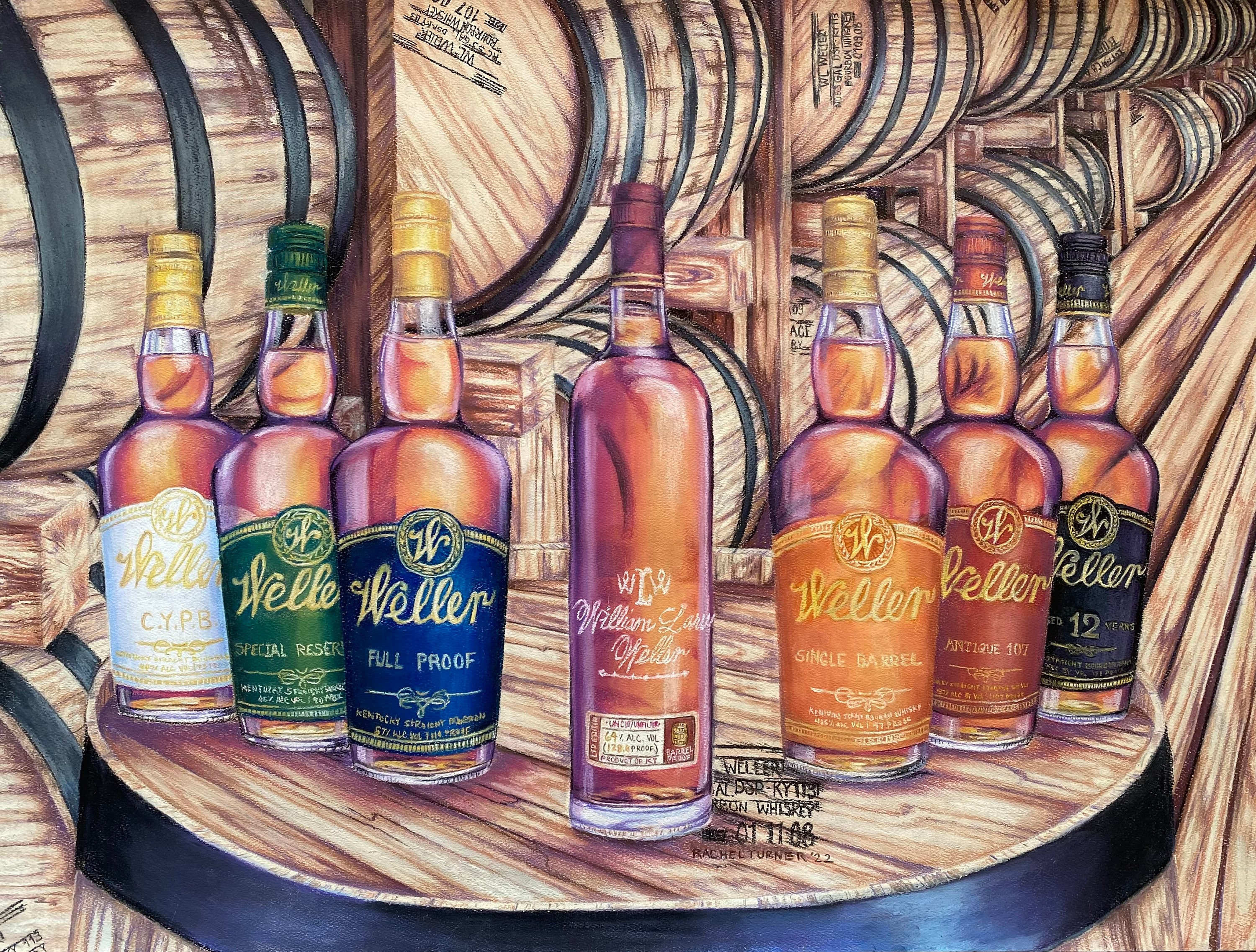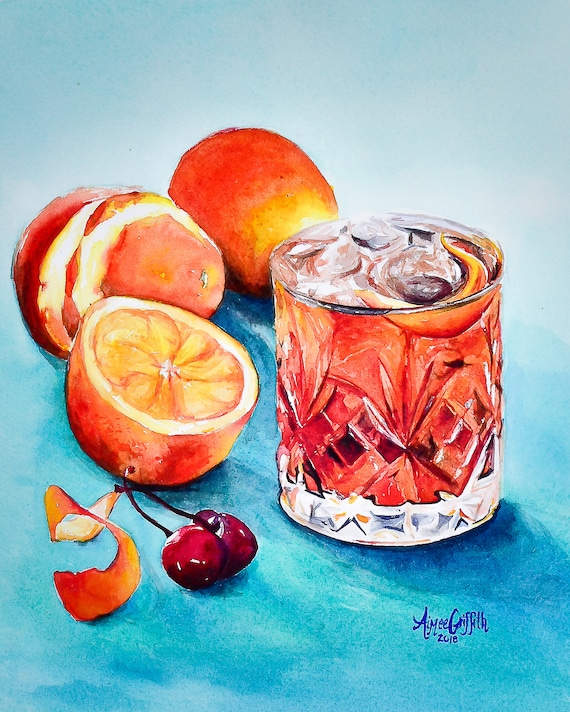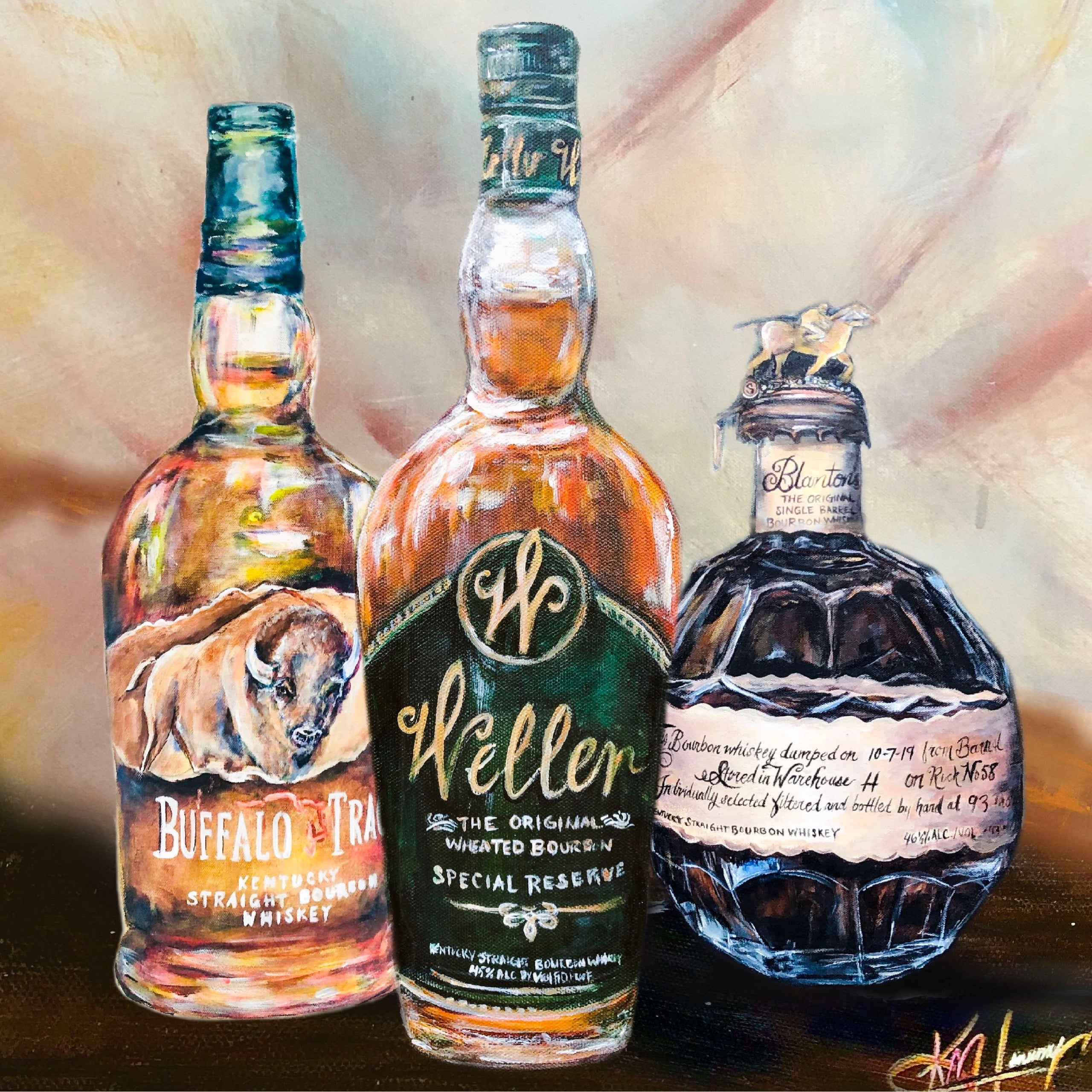Limited Edition: Discover Exclusive Bourbon Art Pieces for Collectors
Limited Edition: Discover Exclusive Bourbon Art Pieces for Collectors
Blog Article
The Significance of Whiskey Art in Celebrating Heritage and Craftsmanship in the Beverage Sector
The complex connection in between scotch art and the event of heritage and workmanship within the beverage sector can not be overemphasized. With thoughtfully designed tags and containers, bourbon brands encapsulate their historic origins and the artisanal abilities that specify their manufacturing techniques. This artistic measurement not only enhances market allure yet additionally works as a channel for cultural narration, cultivating a much deeper link between the craft and the customer. As we discover the different elements of this subject, interesting inquiries regarding the effect of contemporary patterns on standard techniques develop, prompting further exam.
The Historic Origins of Whiskey
At the heart of whiskey's appeal lies a rich tapestry of historical roots that map back to ancient civilizations. The origins of bourbon can be connected to the distillation methods of the Sumerians and Babylonians around 2000 BCE, where very early kinds of fermented grain beverages started to arise. It was in the Middle Ages that the art of distillation evolved considerably, particularly in Ireland and Scotland, leading to the creation of bourbon as we know it today.
The term "bourbon" itself stems from the Gaelic word "uisce beatha," suggesting "water of life." This phrase highlights the cultural value of bourbon in Celtic cultures, where it was usually associated with routines, celebrations, and communal bonding. By the 15th century, distillation came to be an identified craft within reclusive areas, leading the means for the establishment of legal distilleries.
As profession courses increased, scotch's popularity expanded, going beyond regional borders and catching the rate of interest of aficionados worldwide. Whiskey Art. This historic trip mirrors not just the craftsmanship behind bourbon manufacturing however also its important role in social and social contexts, marking it as a significant drink throughout background
Artistic Expression in Branding
Whiskey branding stands as a compelling junction of creativity and business, where aesthetic identification plays a critical duty in forming consumer assumption. The appearances of whiskey labels, packaging, and advertising and marketing products show not just the brand's tale yet additionally its core values and heritage. Via creative expression, distilleries convey a story that resonates with consumers, stimulating feelings and sparking connections.
Using shade, typography, and imagery in branding offers to set apart products in a saturated market. Standard themes might evoke a feeling of credibility and workmanship, while contemporary layouts can indicate technology and forward-thinking. This tactical creative direction improves brand recognition and commitment, permitting consumers to create a personal relationship with the bourbon they pick.
Moreover, artistic expression in branding frequently serves as a party of local heritage. Distilleries often include local icons or historic references right into their styles, producing a local color that invites customers to take part in a broader cultural experience. Inevitably, the artistry behind whiskey branding not just enhances aesthetic appeal but also enriches the total narrative of the brand, cultivating a much deeper recognition for the workmanship and heritage embedded in each container.
Workmanship in Bottle Layout
The creativity noticeable in whiskey branding prolongs past visual identification to incorporate the craftsmanship entailed in bottle design. Each bottle offers as a vessel not simply for the spirit within, but also for the story it informs regarding its practice, origin, and quality. The style process requires precise focus to information, as aspects such as closure, form, and material add considerably to the total assumption of the scotch.
Craftsmanship in bottle layout entails choosing premium glass that can boost the scotch's color and clearness, while also providing a tactile experience for the customer. The silhouette of the container have to be both useful and cosmetically appealing, usually mirroring the heritage of the brand name. Lots of distilleries go with unique shapes or embossed logo designs that stimulate a sense of credibility and background.
Furthermore, the tag design and typography play a crucial function in communicating the brand name's narrative. Whiskey Art. A well-crafted bottle not only astounds the customer's eye yet additionally reinforces the brand name's dedication to top quality and tradition. By doing this, the craftsmanship of container design becomes an important aspect of the whiskey experience, merging virtuosity with an extensive respect for heritage
Social Importance of Scotch Art
Commemorating tradition and craftsmanship, the cultural relevance of bourbon art transcends simple aesthetic appeals, intertwining with the social and historic stories of the areas from which it comes from. Each container acts as a canvas, showing the distinct tales, mythology, and traditions that have shaped neighborhood whiskey-making techniques. The intricate layouts usually mirror the heritage of the distillers, incorporating symbols and motifs that resonate with the culture and worths of their communities.

In enhancement, bourbon art plays an essential function in communal celebrations and celebrations, offering as a tangible link between individuals and their shared experiences. By appreciating the virtuosity in scotch packaging, consumers grow a deeper understanding and regard for the craft, eventually improving their enjoyment of the drink itself.
Modern Trends in Bourbon Presentation
Over the last few years, the presentation of bourbon has advanced to reflect modern preferences and fads while still recognizing traditional craftsmanship - Realism Art. Distilleries are increasingly focusing on visual elements that boost the general drinking experience, connecting the space between heritage and modernity
Ingenious container styles have actually emerged, usually integrating lasting products and creative tags that inform engaging tales. Lots of brands currently work together with regional artists, infusing their items with one-of-a-kind visual expressions that reverberate with customers. In addition, limited-edition launches are frequently packaged in collectible containers, Homepage adding value and allure for lovers.

Verdict
In conclusion, scotch art offers as a vital conduit for expressing the heritage and craftsmanship integral in the drink market. Via intricate branding, ingenious bottle designs, and culturally significant artistic elements, bourbon brand names effectively honor their traditions and attach with consumers.


Craftsmanship in container design entails selecting high-quality glass that can boost the whiskey's color and quality, while also giving a tactile experience for the customer. In this way, the craftsmanship of container design becomes an important element of the bourbon experience, merging artistry with a profound regard for heritage.
In final thought, scotch art serves as an important conduit for revealing the heritage and craftsmanship inherent in the drink industry.
Report this page